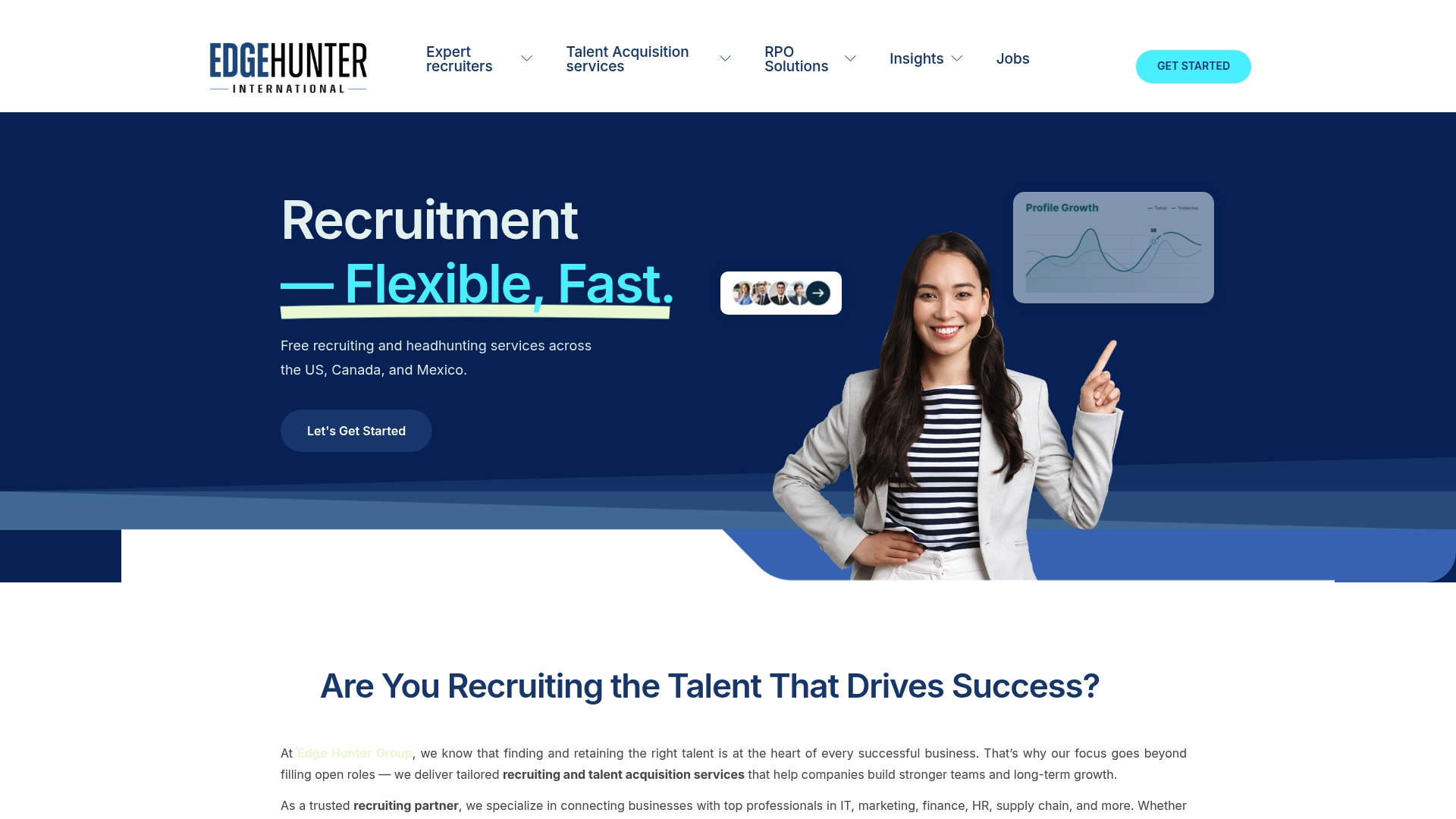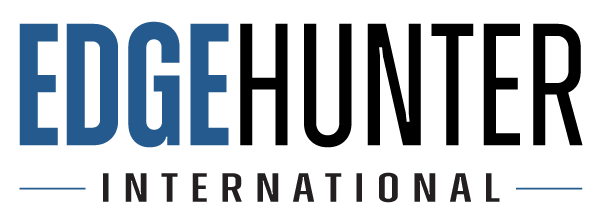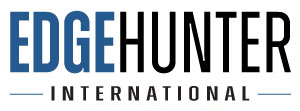Did you know that over 60 percent of companies now consider remote staffing as a core part of their talent strategy? The shift to remote teams is changing how businesses find and manage skilled professionals, opening doors to top talent across borders. Whether your goal is to expand quickly or reduce overhead, understanding the real facts about remote staffing can help you overcome common myths and build a flexible, future-ready workforce.
Key Takeaways
| Point | Details |
|---|---|
| Remote Staffing Provides Long-Term Solutions | This model enables businesses to hire dedicated remote employees integrated into their teams, unlike traditional freelancing. |
| Debunking Myths is Essential for Adoption | Common misconceptions about reliability and quality can hinder the transition to remote staffing; understanding the real benefits is crucial. |
| Employers Must Navigate Legal and Compliance Challenges | Companies should leverage Employer of Record services to manage compliance complexities associated with remote workforces. |
| Investment in Communication is Key | Robust tools and clear policies are vital to mitigate cultural and communication barriers inherent in remote staffing. |
Defining Remote Staffing and Common Myths
Remote staffing has emerged as a strategic workforce solution for businesses seeking flexible talent acquisition. Remote staffing is an outsourcing approach where a specialized agency recruits, hires, and manages employees who work remotely as dedicated team members. Unlike traditional freelancing, these professionals become integrated extensions of your organization, with clients directly managing their daily work and professional objectives.
Key Characteristics of Remote Staffing
According to research from industry experts, remote staffing differs significantly from conventional hiring models:
- Dedicated long-term team members
- Fully managed by third-party recruitment agencies
- Direct client oversight of work responsibilities
- Comprehensive HR and payroll management
Debunking Remote Staffing Myths
Misconceptions about remote staffing can prevent businesses from leveraging this powerful talent strategy. Insights from industry analysis reveal several persistent myths:
- Myth: Remote Staff Are Unreliable
Reality: Reputable remote staffing firms implement rigorous screening processes - Myth: Quality Control is Impossible
Reality: Structured hiring and performance measurement ensure high standards - Myth: Communication Will Be Challenging
Reality: Bilingual screening and advanced communication tools minimize barriers
By understanding these nuances, businesses can confidently explore remote staffing as a robust talent acquisition strategy. Want to learn more about building a flexible workforce, our comprehensive guide offers deeper insights into modern staffing approaches.
Types of Remote Staffing Models Explained
Remote staffing represents a nuanced approach to talent acquisition, with multiple models designed to meet diverse business needs. According to research on workforce strategies, these models create strategic partnerships between companies, staffing providers, and talented professionals across different engagement structures.
Key Remote Staffing Model Variations
Understanding the distinctions between remote staffing models is crucial for selecting the right approach:
1. Employer of Record (EOR) Model
- Third-party provider manages legal employment
- Handles payroll, benefits, and compliance
- Client maintains direct work management
- Ideal for rapid team expansion without administrative overhead
2. Long-Term Integrated Staffing
- Full-time remote professionals
- Dedicated to single client’s objectives
- Comprehensive screening and cultural fit assessment
- Seamless integration with existing team structures
Comparative Model Breakdown
Research indicates significant differences between remote staffing and alternative talent engagement methods:
| Model | Key Characteristics | Primary Differences |
|---|---|---|
| Remote Staffing | Long-term, integrated roles | Managed by third-party, client-directed work |
| Freelancing | Project-based, independent | Short-term, self-managed |
| Business Process Outsourcing | Entire function outsourced | Multi-client vendor management |
| Direct Hire Remote | Directly employed | Company handles all employment aspects |
Want to explore flexible staffing solutions tailored to your business needs, our comprehensive guide provides deeper insights into modern workforce strategies.
How Remote Staffing Works for US Companies
Remote staffing has transformed how US businesses acquire talent, creating a sophisticated ecosystem of international workforce management. According to workforce research, US companies can now seamlessly engage remote professionals while maintaining direct operational control through specialized staffing partnerships.
The Remote Staffing Workflow
The process of implementing remote staffing involves several strategic steps:
- Partner Selection
- Identify specialized remote staffing agency
- Define specific talent requirements
- Establish performance expectations
- Talent Acquisition
- Agency sources candidates matching client specifications
- Comprehensive screening and skill validation
- Cultural and professional compatibility assessment
- Operational Integration
- Client directly manages day-to-day work
- Staffing provider handles administrative backend
- Smooth onboarding and workflow alignment
Key Operational Mechanisms
Research from industry experts highlights critical components of successful remote staffing:
- Time-Zone Alignment: Prioritizing nearshore talent for smoother collaboration
- Communication Tools: Integrated platforms like Slack and Notion
- Process Discipline: Clear documentation, onboarding, and performance metrics
Pro Tip: Successful remote staffing requires robust communication infrastructure and well-defined performance expectations.
For businesses seeking to explore emerging remote work trends and strategies, our comprehensive insights offer a deep dive into the evolving landscape of talent acquisition.
Legal, Tax, and Compliance Considerations
Remote staffing introduces complex legal landscapes that US companies must carefully navigate. Research from compliance experts reveals that utilizing an Employer of Record (EOR) can streamline international hiring while maintaining rigorous legal standards without establishing foreign business entities.
Critical Compliance Challenges
According to global workforce research, organizations face multiple legal and regulatory hurdles when engaging remote talent:
- Employment Classification
- Varying definitions across jurisdictions
- Risk of misclassification penalties
- Clear contractual frameworks required
- Tax and Social Security
- Complex multi-jurisdictional obligations
- Potential retroactive liability risks
- Mandatory contributions differ by region
Risk Mitigation Strategies
Here’s a summary of the key compliance challenges and mitigation strategies for remote staffing:
| Compliance Challenge | Risk Example | Mitigation Strategy |
|---|---|---|
| Employment Classification | Misclassification penalties | Clear contracts Use EOR services |
| Tax & Social Security | Multi-jurisdictional liability | Local tax experts Regular reviews |
| Legal Documentation | Contractual discrepancies | Comprehensive documentation Ongoing legal audits |
| Regulatory Changes | Sudden compliance shifts | Jurisdiction updates Professional partnerships |
Successful remote staffing demands proactive legal protection:

- Comprehensive contractual documentation
- Rigorous compliance verification processes
- Regular legal and tax jurisdiction updates
- Professional EOR partnership
Important: Incorrect compliance can result in significant financial penalties and operational disruptions.
For businesses seeking specialized legal staffing solutions to support complex hiring strategies, expert guidance can help mitigate potential risks and ensure seamless international workforce management.
Risks, Challenges, and Cost Implications
Remote staffing introduces a complex web of potential challenges that extend far beyond traditional hiring models. Research from global workforce experts reveals that organizations must carefully navigate multiple financial and operational risks when implementing remote workforce strategies.
Financial and Operational Risks
According to comprehensive industry analysis, key risks include:
- Cybersecurity Vulnerabilities
- Increased data breach potential
- Complex IT security requirements
- Higher technology investment needs
- Cultural and Communication Barriers
- Potential misalignment in work expectations
- Communication complexity
- Reduced team cohesion
Hidden Cost Breakdown
Remote staffing involves several unexpected financial implications:
- Extended recruitment timelines
- Higher onboarding complexity
- Increased technology infrastructure costs
- Potential legal and compliance expenses
Caution: Underestimating these hidden costs can significantly impact overall workforce strategy effectiveness.
Mitigation Strategies
To manage these risks effectively, companies should:
- Implement robust screening processes
- Invest in communication tools
- Develop clear remote work policies
- Regularly assess and update security protocols
Want to explore expert legal staffing solutions that can help manage these complexities, our comprehensive guide offers strategic insights for navigating remote workforce challenges.
Comparing Remote Staffing to Other Hiring Methods
Remote staffing represents a sophisticated talent acquisition strategy that distinguishes itself from traditional hiring approaches. According to workforce research, this model offers unique advantages by providing long-term, dedicated professionals while maintaining client operational control.
Comparative Hiring Model Analysis
Freelancer Model
- Short-term project engagement
- Independent contractor status
- Limited organizational integration
- Minimal performance accountability
Remote Staffing Model
- Long-term dedicated staff
- Structured performance management
- Comprehensive onboarding processes
- Direct client work oversight
Key Differentiators
Research from industry experts highlights critical distinctions:
| Hiring Method | Commitment Level | Performance Control | Cost Efficiency |
|---|---|---|---|
| Freelancers | Low | Minimal | Variable |
| Remote Staffing | High | Structured | Optimized |
| In-House Hiring | Highest | Maximum | Highest Cost |
| Business Process Outsourcing | Medium | Vendor-Managed | Moderate |
Pro Tip: Remote staffing bridges the gap between flexibility and organizational commitment.
![]()
For businesses looking to develop effective hiring strategies for 2025, understanding these nuanced talent acquisition models is crucial for building adaptive, high-performance teams.
Power Your Remote Staffing Strategy With Trusted Expertise
Are you facing uncertainty around compliance, talent management, and hidden costs as you build remote teams? The challenges in remote staffing—like complex legal requirements, risk of misclassification, and concerns over finding reliable professionals—can lead to hesitation and missed growth opportunities. The Complete Guide to Remote Staffing in the US shines a light on these issues, highlighting the importance of clear contracts, dedicated support, and tailored hiring strategies for US-based companies.

Let Edge Hunter Group help you overcome these obstacles. Our team specializes in remote hiring solutions across the US, Canada, and Mexico, addressing your compliance pains while streamlining recruitment for IT, marketing, finance, legal, customer support, and more. Discover how our flexible talent acquisition services reduce hiring risks and keep you ahead in a fast-changing workforce landscape. Visit Edge Hunter Group now to experience personalized consultation and build a stronger, more compliant remote team today.
Frequently Asked Questions
What is remote staffing?
Remote staffing is an outsourcing approach where a specialized agency recruits, hires, and manages employees who work remotely as dedicated team members, integrated into your organization while still being managed by a third-party agency.
How does remote staffing differ from freelancing?
Unlike freelancers, who operate independently on short-term projects, remote staffing involves long-term, dedicated professionals who work under direct client management with structured performance oversight.
What are the main types of remote staffing models?
The two primary remote staffing models include the Employer of Record (EOR) model, where a third-party provider handles legal employment, and long-term integrated staffing, which employs full-time remote professionals dedicated to a single client’s objectives.
What are the compliance considerations for remote staffing?
Compliance challenges in remote staffing include understanding employment classification, managing multi-jurisdictional tax obligations, and ensuring clear legal documentation to avoid penalties. Utilizing an Employer of Record can help navigate these complexities.
Recommended
- Remote Work Trends & Statistics 2025: Insights & Industry Leaders
- Hiring in the US vs Mexico: Insights for 2025 Job Market
- Hiring now: Payroll Specialist
- Top Headhunting & Staffing in the US | Edge Hunter



